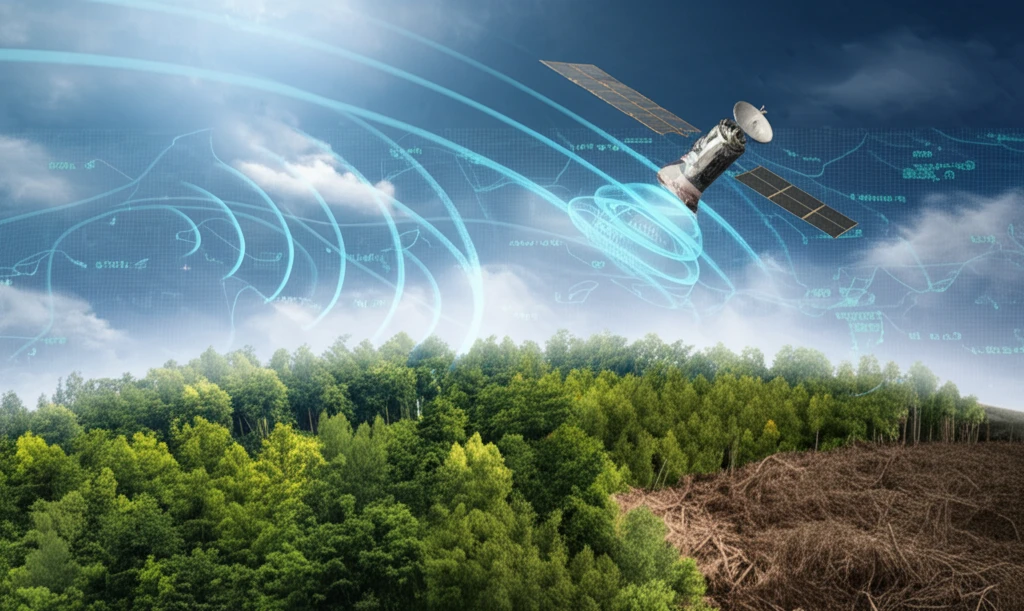
Unlocking Earth's Secrets: How Satellite Data is Revolutionizing Forest Conservation
"Discover how the TanDEM-X mission's innovative mapping is transforming our ability to monitor deforestation and safeguard our planet's vital ecosystems."
Forests are the lungs of our planet, playing a crucial role in regulating the climate, maintaining biodiversity, and supporting countless ecosystems. However, these vital resources are under constant threat from deforestation, driven by both natural disasters and human activities. Monitoring these changes effectively is essential for conservation efforts and sustainable resource management.
Traditional methods of forest monitoring can be time-consuming, expensive, and limited in scope. Satellite technology, particularly Synthetic Aperture Radar (SAR) missions like TanDEM-X, offers a powerful alternative. These missions can collect data on a global scale, regardless of weather conditions or time of day, providing invaluable insights into forest health and dynamics.
This article explores the potential of TanDEM-X data for revolutionizing forest conservation. We will delve into how this innovative technology is being used to detect deforestation, assess forest degradation, and support global initiatives like REDD+ (Reducing Emissions from Deforestation and Forest Degradation).
Mapping the World's Forests: The TanDEM-X Advantage

The German Aerospace Center's (DLR) TanDEM-X mission has generated a global Digital Elevation Model (DEM) with impressive 12 m x 12 m resolution. From this dataset, a global Forest/Non-Forest (FNF) Map has been created, mosaicking over 500,000 quick-look images at a 50 m x 50 m resolution. This vast amount of data opens up new possibilities for monitoring forest changes over time.
- Global Coverage: TanDEM-X provides consistent data across the entire globe, enabling comprehensive monitoring efforts.
- High Resolution: The 12m resolution DEM allows for detailed analysis of forest structure and changes.
- All-Weather Capability: SAR technology can penetrate clouds and operate day or night, ensuring continuous data acquisition.
- Historical Data: Multiple TanDEM-X global coverages between 2011 and 2016 enable the detection of changes over time.
The Future of Forest Monitoring: High-Resolution Insights
TanDEM-X high-resolution images offer even greater potential for forest monitoring. By acquiring time series data over specific regions, it's possible to measure important parameters like deforestation rates and the extent of forest degradation. This information is critical for detecting illegal logging, assessing the impact of natural disasters, and guiding sustainable forestry practices. The combination of TanDEM-X DEM and FNF data provides a powerful tool for understanding and protecting our planet's forests.
